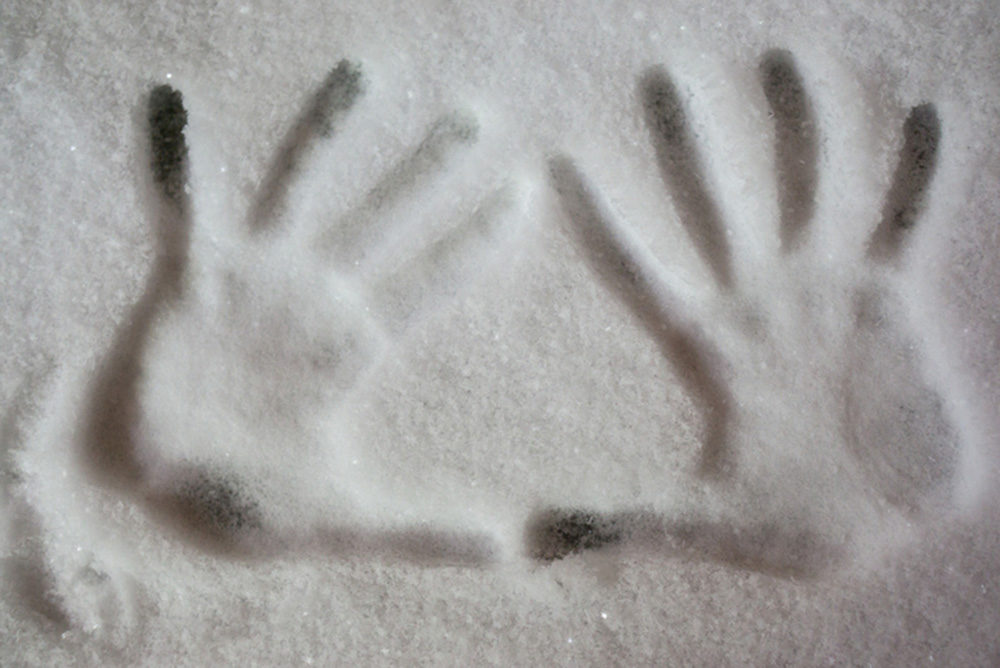
iStock
THE CAUSE OF Raynaud’s disease is mostly unknown, and there is no simple treatment other than avoidance—of triggers like cold and stress; and shopping—for handwarmers and high-quality gloves.
Without a problem to address, sufferers mostly trade suggestions: using oven gloves to take food out of the freezer; choosing mittens over gloves for outdoor cold, so that fingers keep each other warm; and, the least appealing, wearing socks and gloves to bed.
Raynaud’s disease, however, can be explained. Symptoms are due to narrowing of the smaller arteries that supply blood to the skin, which limits blood circulation to affected areas, a process called vasospasm or vasoconstriction. The body’s ploy for minimizing heat loss in cold weather, vasospasm that occurs with Raynaud’s is triggered by both cooling and stress. (In warm temperatures, the small vessels dilate to allow heat to leave the body.)
Raynaud’s affects 3 to 5% of the population, women more than men, and people in cold climates more than those in warmer ones. It can run in families. Although Raynaud’s usually appears in fingers and toes, the nose, lips, ears and nipples can also be affected.
Increased stress ratings and tachycardia without declines in temperature caused one third of the vasospastic attacks in one Raynaud’s study. Simply being startled can spur the release of neurotransmitters related to stress and emotional upset, in turn activating receptors on the blood vessel muscles to signal their narrowing. In Raynaud’s sufferers, these receptors appear overly sensitive.
Symptoms can appear with any temperature shift from warm to cool—even with mild exposure, such as air-conditioning, refrigerated grocery store food sections and a general body chill.
Besides unpleasant cooling of the extremities, the affected skin can change color: pale or whitish when blood stops flowing to the skin, called a “white attack”; purple-bluish, a “blue attack,” that sometimes mottles the skin and can occur as blood flow returns following a white attack; and reddish, often accompanied by throbbing or tingling, with recovery.
An attack can begin with a single finger, most commonly the index, middle or ring finger. Sores or infections, which can occur rarely in affected fingers or toes, should get immediate medical attention.
Raynaud’s comes in two forms; the more familiar and common is called Primary Raynaud’s, which can be mild. The more serious Secondary Raynaud’s can be caused by an underlying problem, such as atherosclerosis or carpal tunnel syndrome. It can also be traced to medications that cause vasoconstriction, such as those for high blood pressure and ADHD, and some OTC cold medications, as well as caffeine and alcohol.
Raynaud’s sufferers are advised to avoid repetitive hand actions like typing or playing the piano, and to limit the use of vibrating tools like electric drills. Serious treatment—medications and prescription skin creams, as well as surgery or shots to block the nerves in the hands and feet that control the arteries—are used for those with severe symptoms.
The most common advice for sufferers is to exercise more, which both reduces stress and increases blood flow, as well as warming the body. Also, warm water can heat up hands and feet surprisingly quickly; and putting hands under the armpits helps in a pinch.
Home remedies include cinnamon and astragalus. For one sufferer whose fingers turned white even in the summer, daily cinnamon capsules helped relieve symptoms both in freezing weather and when extracting food from the freezer.
Astragalus root, also called milk vetch and used in China to boost immunity and circulation, allowed one user to avoid moving to Florida, according to Joe and Terry Graedon in “The People’s Pharmacy: Quick and Handy Home Remedies” (National Geographic).
The good news: Age can help. Many who suffer (Primary) Raynaud’s in their 20s and 30s report symptoms fading over time—and for some, disappearing entirely.
—Mary Carpenter
Want to read more well-being posts? Click here.
